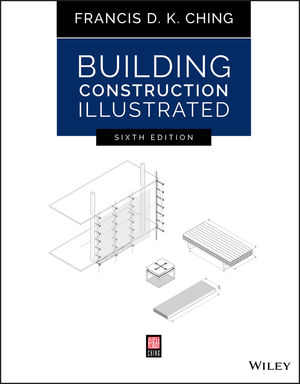How Supertall Buildings Lift Us Higher

The Burj Khalifa towers above Dubai.
Photo: Aheiner, Wikimedia Commons.
In a world beset by troubles, supertall buildings, which measure from 984 ft to 1,968 ft, would not seem to rate high on a list of priority concerns. The 173 completed supertalls—yes, there are that many—have solved space shortages in tight urban environments and engaged the talents of designers and contractors in ways that few projects do.
Most are technologically magnificent. But these buildings also smack of elitism, excess, architectural hubris and environmental carelessness.
Architect Stefan Al’s new book, “Supertall: How the World’s Tallest Buildings Are Reshaping Our Cities and Our Lives” (Norton, $30), is a welcome and balanced—but still unapologetic—blast of tall building optimism. It offers a lively history and assessment of these structures and all the complex issues
they create.
Al, who has a PhD in urban planning, is a talented storyteller with a vivid style who serves as an amiable companion through building construction history and stories about notable supertalls.
He’s really good at integrating little-known factoids—who knew that at age 25 in 1902, engineer Willis Carrier advanced air-conditioning in helping a Brooklyn printer deal with summer humidity fluctuations that expanded and shrunk paper, causing printing errors?—with discussion of subjects such as the need to cool sun-warmed glass-clad skyscrapers.

*Click on the image for more detail
Since ever taller curtain wall buildings will only increase the reliance on air-conditioning, the demand for energy and global warming, “it’s time we cut the cord, and rethink our glass towers,” writes Al.
As such observations demonstrate, Al’s commentary sometimes gets stuck on the obvious. This small shortcoming could be said also about one of his previous books, “The Strip: Las Vegas and the Architecture of the American Dream” (MIT Press, 2017), a coffee-table-like volume full of photos of the city’s quirkiest structures. That book has pretensions to be a work of cultural interpretation, as does “Supertall.” Unsurprisingly, Al found in Las Vegas easy examples for the phases of American social trends.
In “Supertall,” Al similarly latches on to fairly obvious interpretations, the worst example being “most civilizations have an innate desire to reach toward the sky,” citing Egypt’s pyramids. He also ventures into discussions of super-large buildings—those encompassing more than 5 million sq ft—as multiuse cities within a building.
While “Supertall” is not brimming on each page with fresh critical insight, its discussion of evolving construction materials and system technology in tandem with the growth of cities is well worth the time to read—and also plenty of fun.
We learn about our Paleolithic ancestors discovering that heating limestone to furnace-like temperatures produces a powder that when water is added would “sizzle, generate heat and turn hard as rock.” We discover ancient Rome architect-engineer Vitruvius and his ideas about the dimensions of a Roman forum and its locations in coastal or inland cities. We find out also about 20th-century designer Le Corbusier’s thoughts on a grid of steel columns replacing load-bearing walls and sheathed in glass, and the aesthetic such a scheme heralded.
Al is especially good discussing the reigning world’s tallest, the Burj Khalifa in Dubai, where the Putzmeister concrete pump exerted “more pressure than a high-power bullet striking a bulletproof object” to reach a height of 1,972 ft. To his credit, Al mentions exploited migrant workers who labored on this megatall building and its environmental problems, including possible corrosive groundwater eating away at the rebar. Although a sign of progress, the Burj Khalifa may also be “a concrete monolith contributing to environmental decay,” he writes.
Such nuance helps Al serve as the built world’s somewhat less anodyne version of travel guru Rick Steves. The architect’s book inspires wonder on what will succeed supertalls—and whether buildings will ever reach a limit or just keep climbing higher.







